LABUBU: The Billion-Dollar Monster Trend Taking the World by Storm
In the ever-evolving world of collectibles, a quirky little creature named LABUBU has become the unexpected face of a billion-dollar cultural shift. With its big eyes, pointy ears, and a mischievous grin, LABUBU has captured the imagination of fans, collectors, and influencers across the globe. What began as a niche character from Pop Mart’s blind box series has now grown into a global icon — merging art, fashion, pop culture, and commerce like never before.
LABUBU isn’t just a toy — it’s a movement. From viral unboxing videos on TikTok to limited-edition collaborations with streetwear giants, LABUBU has found its way into the hearts (and wallets) of Gen Z and millennial audiences who crave individuality and collectability. Whether displayed on a shelf or flaunted in fashion shoots, LABUBU represents a new era of lifestyle branding powered by design, nostalgia, and emotional connection.
As global demand soars and resale values skyrocket, LABUBU has transitioned from cute collectible to serious business. With Pop Mart expanding its footprint and LABUBU-inspired merchandise dominating both online and offline retail spaces, this little monster has become a symbol of how trends, storytelling, and social media can transform a single character into a billion-dollar global phenomenon.
What is LABUBU?
LABUBU is a unique, elf-eared monster figure created by renowned Hong Kong artist Kasing Lung, in collaboration with the global art toy brand Pop Mart. Originally part of The Monsters series, LABUBU stands out with its oversized eyes, mischievous grin, and whimsical charm that blends fantasy with childhood nostalgia. Its appearance is both endearing and eerie — a perfect mix that appeals to art toy collectors, designers, and young fans alike.
Initially introduced through Pop Mart’s blind box series, LABUBU gained massive popularity in Asia and beyond due to its collectible nature and limited-edition releases. Each blind box contains a surprise figure, and fans eagerly chase rare variants, making collecting LABUBU a thrilling experience. The excitement, mystery, and creativity behind every figure make it more than just a toy — it becomes a personal treasure.
A Fluff Ball with a monster face
Beyond the plastic, LABUBU represents emotion, imagination, and art. It embodies a kind of playful rebellion — a character that doesn’t conform to typical “cute toy” aesthetics, yet becomes unforgettable at first glance. As Pop Mart expands into international markets and more people discover the storytelling behind LABUBU, its fanbase continues to grow, turning this small monster into a symbol of modern collectible culture.
How LABUBU is Capturing the Billion-Dollar Market
LABUBU’s rise to the top of the collectible world isn’t accidental — it’s the result of a perfect storm of design innovation, emotional branding, and strategic market positioning. Unlike traditional toys, LABUBU taps into the designer toy culture, where art meets commerce. Pop Mart has masterfully created demand by producing limited-edition LABUBU figures that are released in blind boxes, generating a thrilling “hunt” for rare pieces. This scarcity model fuels a booming resale market, where rare LABUBUs fetch hundreds or even thousands of dollars — driving both hype and high value.
What truly sets LABUBU apart is its ability to transcend categories. It’s not just a collectible; it’s a fashion accessory, a piece of décor, and a pop culture statement. LABUBU’s collaborations with major fashion brands, influencers, and even gaming platforms have opened new revenue streams and attracted a diverse global audience. Whether it’s featured on limited-edition apparel, animated content, or exclusive merchandise drops, LABUBU effortlessly slides into new verticals, expanding its empire far beyond the toy shelf.
In today’s digital-first world, LABUBU thrives on social virality. Unboxing videos, fan art, street-style shoots, and TikTok trends have transformed this little monster into a global icon for Gen Z and millennials. With Pop Mart expanding across markets in North America, Europe, and Southeast Asia, LABUBU is leading a revolution in collectible culture. It’s not just capitalizing on a trend — it’s creating one, and in the process, capturing a multi-billion-dollar market hungry for uniqueness, nostalgia, and emotional connection.
LABUBU in Pop Culture & Streetwear
LABUBU has evolved from a niche collectible into a full-blown pop culture icon. Its unique and expressive design has made it a favorite among content creators, artists, and social media influencers. LABUBU is frequently featured in viral TikTok videos, Instagram reels, and aesthetic product shoots, often portrayed as a character with personality, attitude, and charm. Fans around the world are now creating their own LABUBU stories, memes, animations, and art, solidifying its place as more than just a figure — it’s a cultural phenomenon.
In the world of streetwear, LABUBU has found an unexpected but powerful home. Collaborations with fashion brands have taken its visual identity to hoodies, t-shirts, caps, and sneakers, transforming LABUBU into a wearable expression of style and creativity. Streetwear enthusiasts and fashion-forward youth now pair their LABUBU merchandise with brands like Supreme, Nike, and BAPE, showcasing a new wave of hybrid culture where art toys meet high fashion. It’s edgy, collectible, and ultra-modern — everything Gen Z admires.
LABUBU’s impact doesn’t stop at fashion and online culture. It’s also making waves in physical retail and pop-up events, with LABUBU-themed installations, cafés, and exclusive store experiences popping up in major cities across Asia and beyond. These experiential activations further blend the lines between art, entertainment, and commerce, making LABUBU not just a collectible figure — but a lifestyle brand. Its integration into pop culture and streetwear solidifies its place as one of the most iconic design toys of this decade.
Why Everyone’s Talking About LABUBU in 2025
In 2025, LABUBU isn’t just a toy — it’s a cultural talking point. From collectors and investors to fashionistas and influencers, everyone is buzzing about LABUBU’s rapid rise and rare appeal. Its unique blend of cuteness and weirdness makes it irresistibly Instagrammable, while its limited drops and exclusivity drive insane demand. What makes LABUBU even more captivating is the emotional attachment fans develop — each figure feels like a personal treasure, sparking excitement, nostalgia, and social connection.
The FOMO (Fear of Missing Out) around LABUBU is real. Limited-edition figures often sell out within minutes, with resale values skyrocketing online. Some rare editions are now being auctioned like high-end art pieces, blurring the lines between toys and collectibles as investment assets. Gen Z and millennial collectors see LABUBU not just as a figure, but as a symbol of individuality, creativity, and pop culture fluency — making it the centerpiece of personal collections and social media showcases alike.
What truly sets LABUBU apart in 2025 is its ability to stay ahead of the curve. It’s not riding a trend — it’s shaping one. With Pop Mart exploring LABUBU-inspired animations, metaverse integrations, and even augmented reality experiences, the character is expanding into digital realms while maintaining its core physical charm. As the lines between fashion, fandom, and digital culture continue to blur, LABUBU remains at the center of it all — quirky, collectible, and completely unforgettable.
Star Power: How Popular Actresses Are Fueling the LABUBU Craze
In 2025, LABUBU has not only captivated the hearts of collectors but also caught the attention of celebrity fashion icons, especially among popular actresses across Asia and beyond. Top Chinese and Korean stars like Dilraba Dilmurat, Angelababy, and IU have been spotted posing with LABUBU figures on social media and during fan meetups, instantly sending the toy’s popularity skyrocketing. These posts, often styled with luxury outfits and premium accessories, showcase LABUBU as a chic companion — more than just a toy, but a lifestyle statement.
Internationally, LABUBU has started making appearances with Hollywood and Bollywood celebrities as well. Rising global names like Zendaya, Emma Chamberlain, and Janhvi Kapoor have been seen with LABUBU collectibles either on shelves in aesthetic room tours or in playful moments shared with fans. Their subtle endorsement has elevated LABUBU’s image from niche designer toy to global fashion accessory, bridging the gap between celebrity culture and collectible culture in a unique way.
These actresses have contributed significantly to LABUBU’s viral appeal, turning it into a symbol of style, status, and individuality. With millions of followers imitating their favorite stars, the demand for LABUBU merchandise has exploded. Whether it’s a limited-edition figure or a LABUBU-themed handbag, the presence of celebrities has cemented the toy’s place in modern pop culture. As the brand expands, its celebrity-driven visibility is ensuring LABUBU’s stardom is here to stay.
The Billion-Dollar Future
LABUBU’s journey is just beginning. With Pop Mart’s aggressive global expansion and an ever-growing fanbase, LABUBU is poised to become one of the most valuable intellectual properties in the collectible and lifestyle space. As the brand branches out into animated series, fashion capsules, mobile games, and virtual experiences, it’s creating a vast ecosystem around a single character — turning LABUBU into a full-fledged franchise capable of generating billions in revenue across multiple industries.
One of the most promising aspects of LABUBU’s future lies in its cross-platform adaptability. From physical toys and fashion lines to digital avatars and NFTs, LABUBU is not confined by format. Its ability to evolve with consumer preferences — especially in tech-savvy markets — makes it a long-term player. As AI, AR, and the metaverse become more integrated into daily life, LABUBU is uniquely positioned to offer immersive fan experiences that bridge physical and digital worlds seamlessly.
With a proven fanbase, strong resale value, and cultural relevance, LABUBU is no longer just a trend — it's a blue-chip brand of tomorrow. As more industries tap into the power of character-led branding and emotional storytelling, LABUBU stands tall (and cheeky) as a symbol of what’s possible when art, culture, and commerce align. The billion-dollar future isn’t just coming — LABUBU is already living it, one blind box at a time.

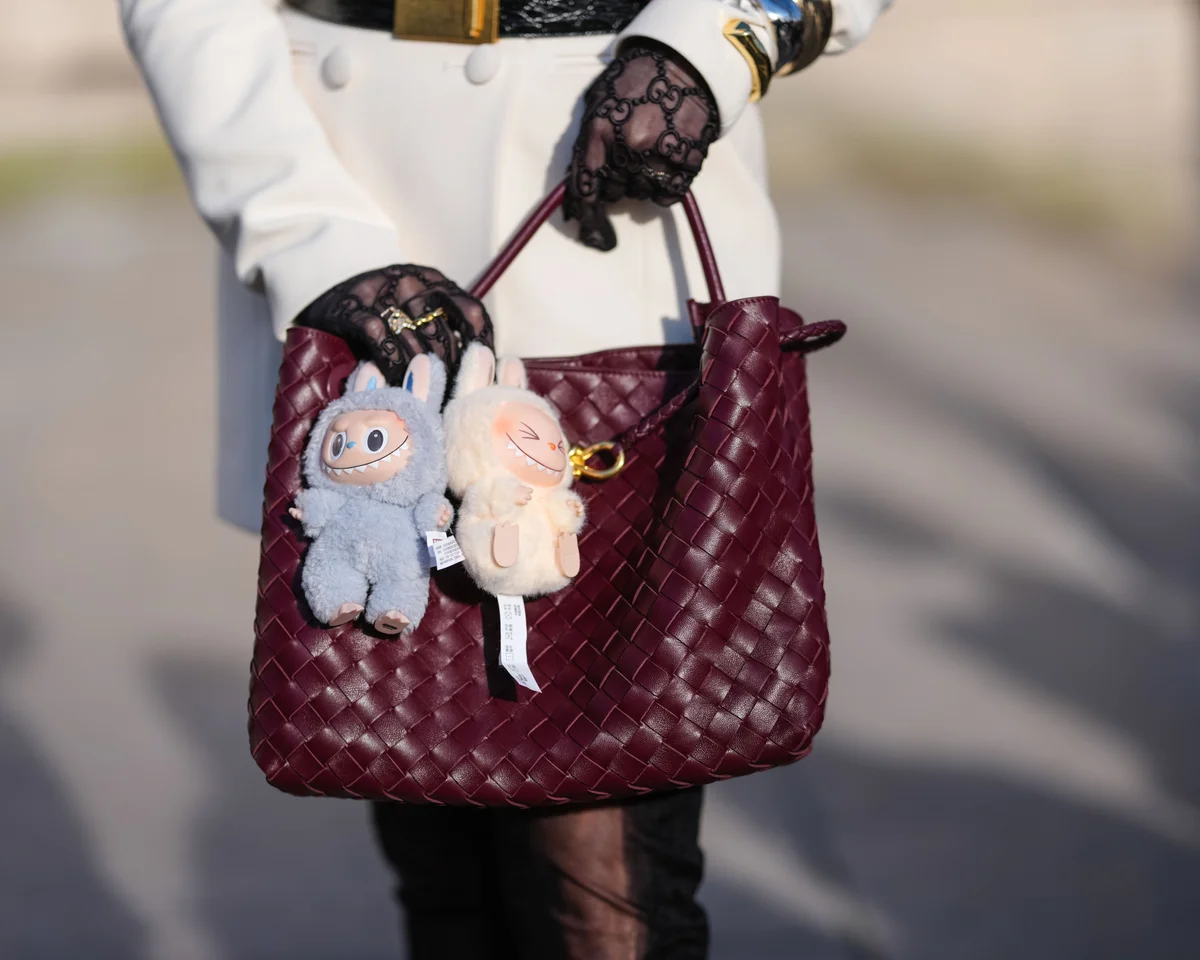

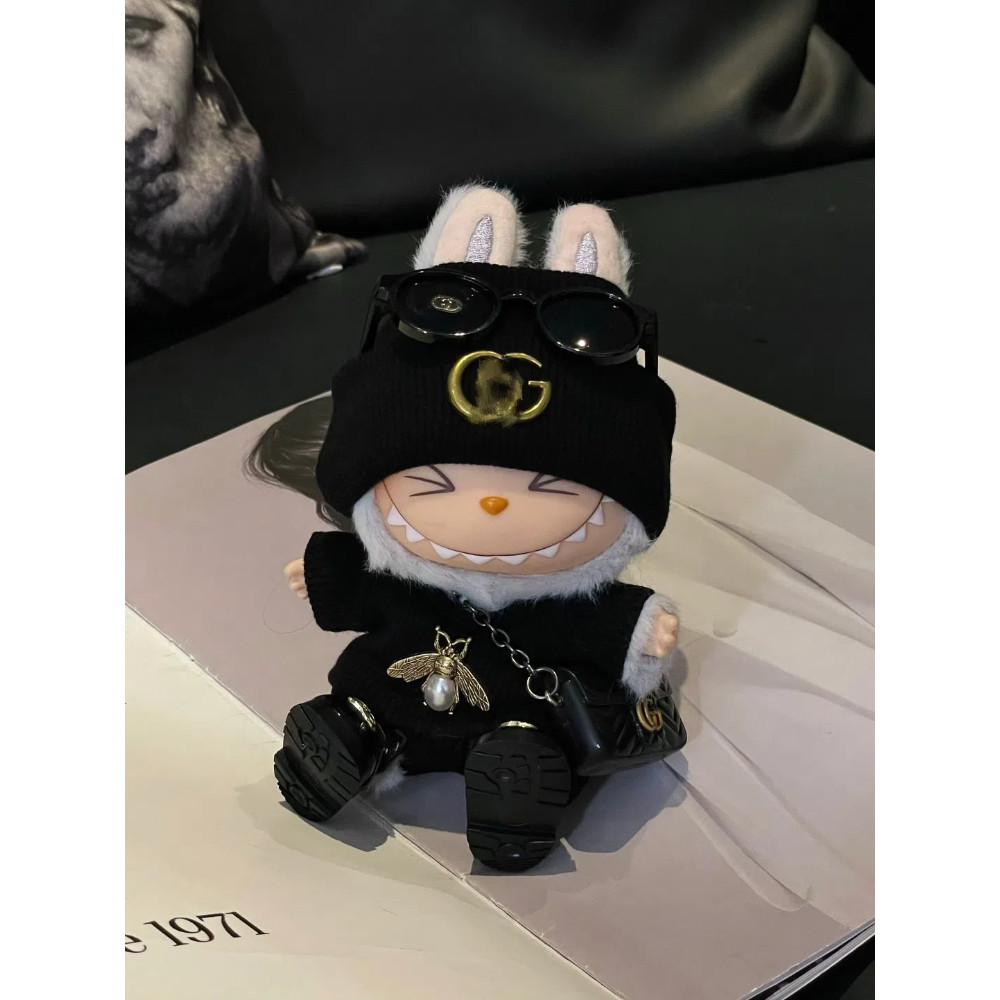
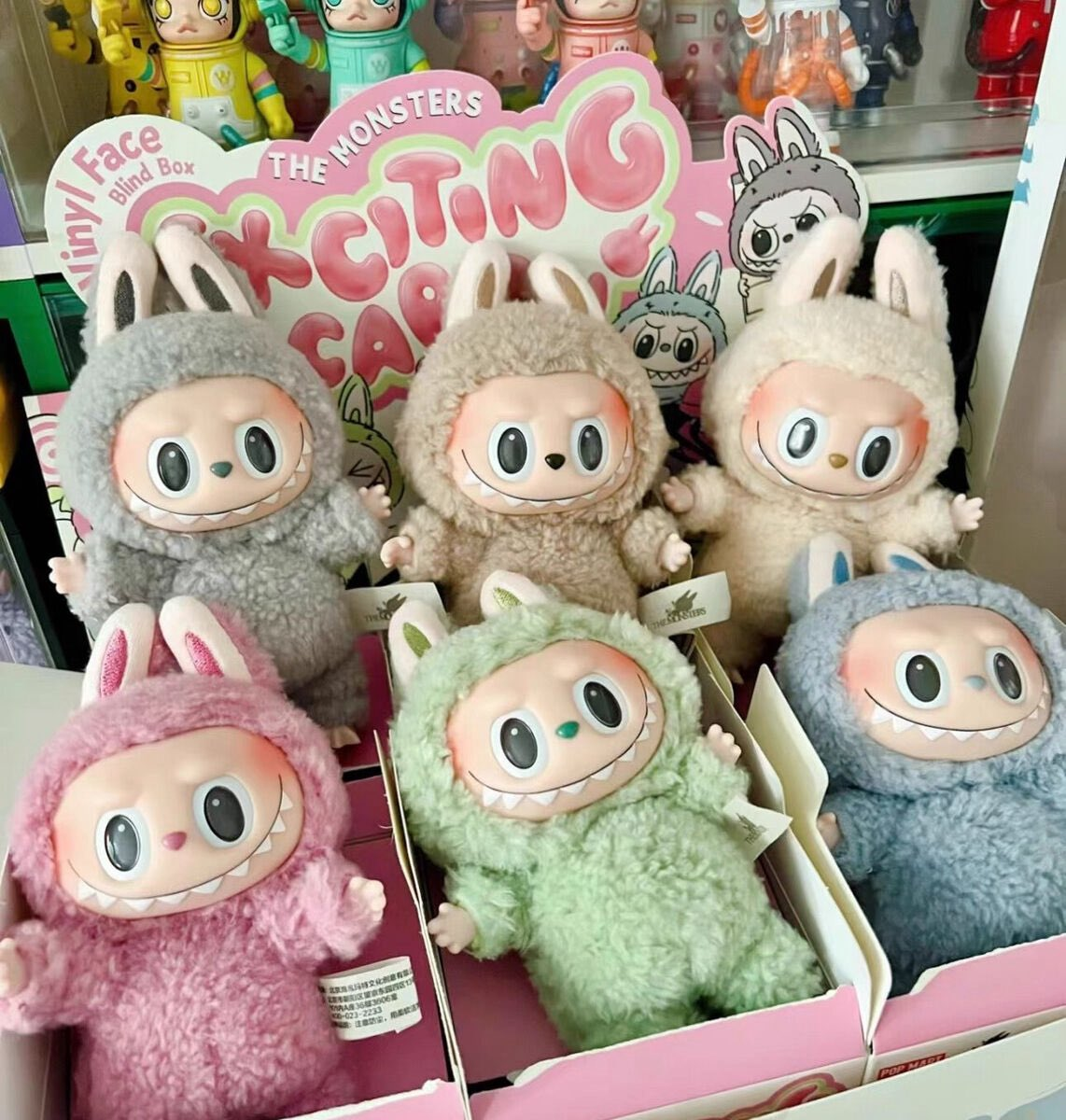

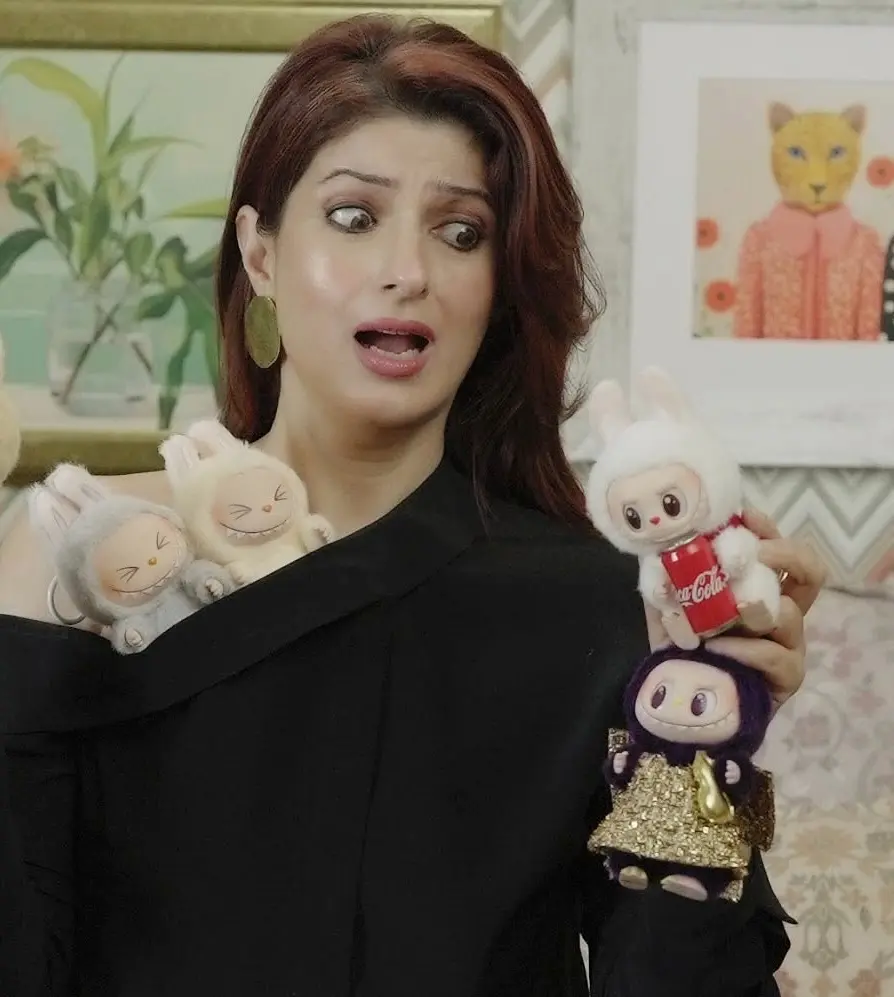
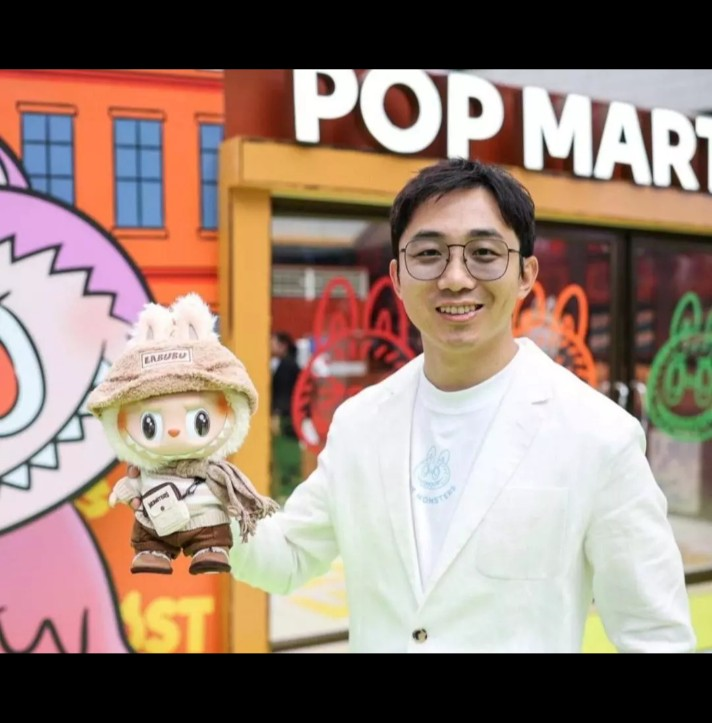



Comments
Post a Comment